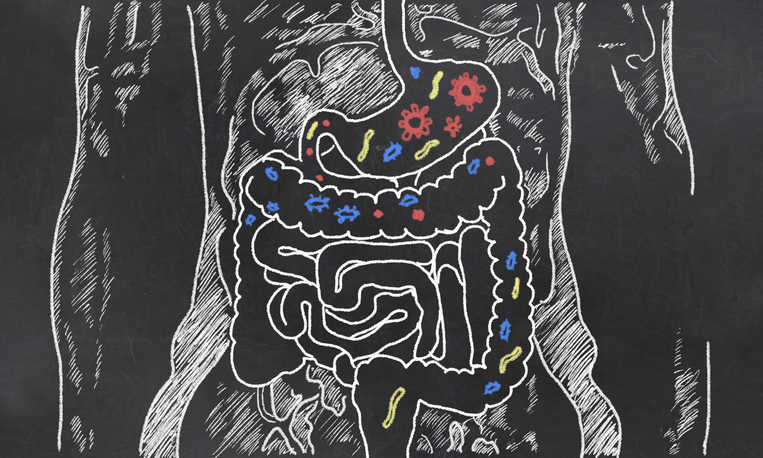
The Centers for Disease Control and Prevention recently issued an advisory about a bacteria called shigella. The agency is warning the public about shigella because of a nationwide increase in infections resulting from drug-resistant strains.
Shigella causes an infection called shigellosis that is uncomfortable and unpleasant but rarely life-threatening. Here are seven things to know about the bacteria and the impact it is having on the country’s public health:

With the Rise of AI, What IP Disputes in Healthcare Are Likely to Emerge?
Munck Wilson Mandala Partner Greg Howison shared his perspective on some of the legal ramifications around AI, IP, connected devices and the data they generate, in response to emailed questions.
1. Antibiotic-resistant cases of shigellosis are on the rise.
In 2015, none of the cases of shigellosis reported to the CDC involved a drug-resistant strain. However, 5% of all shigella infections reported to the agency last year were caused by a drug-resistant strain. These strains are proliferating and likely to continue infecting Americans, the CDC said in its advisory. The agency defines drug-resistant shigella as strains that are resistant to all of the commonly recommended antibiotics for stomach bugs: azithromycin, ciprofloxacin, ceftriaxone, trimethoprim-sulfamethoxazole and ampicillin.
This rise in drug-resistant shigella strains is concerning because these strains can spread antimicrobial resistance genes to other stomach bacteria, the CDC pointed out.
2. Shigella’s main symptom is inflammatory diarrhea.
Shigellosis typically causes inflammatory diarrhea, which is often bloody or mucus-laced. The infection can also cause fever, abdominal cramping and tenesmus (the painful feeling of needing to pass stool when the bowels are already empty).
People usually begin to experience these symptoms one to three days after being exposed to shigella, and the symptoms typically last about a week. Some people infected with shigella will experience no symptoms at all, but they can still pass the bacteria to others.
In some cases, it can take several months before an infected person’s bowel habits become normal again, according to the CDC. The agency also noted that severe shigella infections can spread into a person’s blood, which can be life-threatening.
3. The bacteria is easily transmissible.
Shigella is transmitted by the fecal-oral route. People can contract the bacteria through person-to-person contact with an infected person or through contact with contaminated food, water or surfaces.
The bacteria is transmitted easily because of its low infectious dose — as few as 10-100 organisms — the CDC said.
4. Shigella isn’t anything new, but this new wave of drug-resistant infections is.
Historically, children ages one to four who are not fully toilet-trained were the main population becoming infected with the bacteria.
However, the nationwide rise in drug-resistant shigellosis is occurring primarily among men who have sex with men, the homeless population, those living with HIV and international travelers, according to the CDC.
5. Providers need to report all cases of shigellosis.
The CDC has not released raw numbers about the country’s rising cases of drug-resistant shigellosis. To get better data about the spread of the bacteria, the agency is calling on healthcare providers and clinical laboratories to report all cases to their local or state health departments.
The agency is also encouraging healthcare professionals to consult their local or state health department for guidance on when they can advise patients with shigellosis to return back to school, work or childcare.
6. Providers also need to keep shigella on their radar when listening to patients’ symptoms.
If a patient is experiencing acute diarrhea, their provider should consider a diagnosis of shigellosis, the CDC advised. This is especially true for patients who are LGBTQ, homeless, living with HIV or have a recent history of international travel.
7. There is not much data on how to treat drug-resistant shigellosis.
The CDC currently has no recommendations on how to treat drug-resistant shigellosis. However, a recent publication from the United Kingdom outlined two possible strategies for treating the infection.
The first was using oral treatments pivmecillinam and fosfomycin, which are two antibiotics typically used to treat bladder and urinary tract infections. The other strategy involves the use of intravenous treatments carbapenems and colistin, two antibiotics that physicians usually prescribe as a last resort. This use would be intended for hospitalized patients with severe infections or complications.
Photo: TLFurrer, Getty Images














